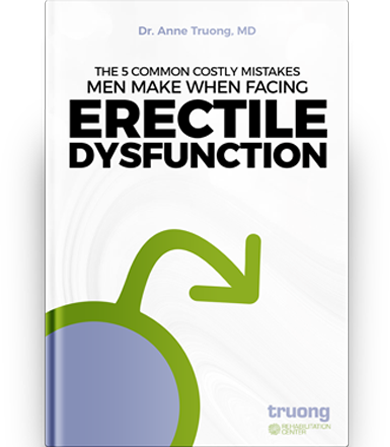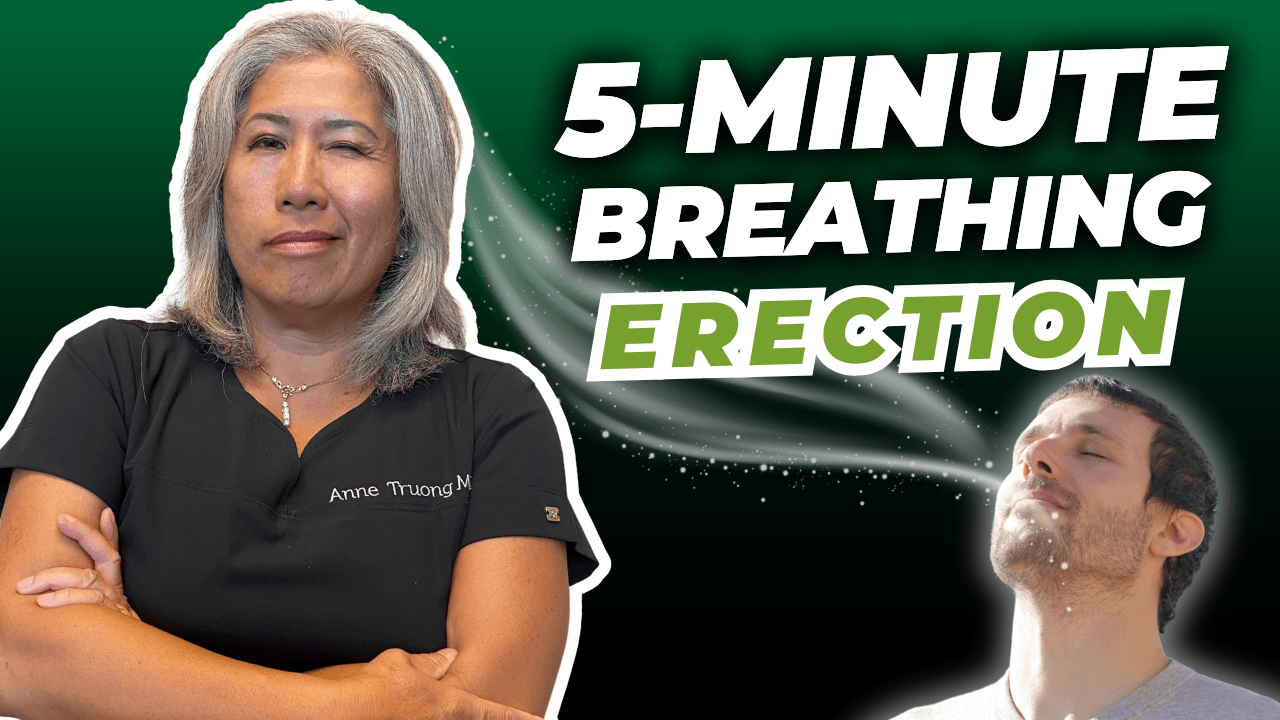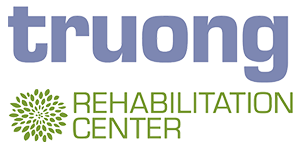Do you suffer from muscle spasms and pain frequently?
Are fatigue, poor sleep, and stiffness of specific body muscles your common complaint?
People with these symptoms are often diagnosed with MPS or Myofascial Pain Syndrome. While the number of people suffering from this musculoskeletal pain disorder is on the rise due to sitting in front of computers. The good news is, there is a treatment for this nagging condition.
Fact check…
Chronic pain has 30.3% of global prevalence. Muscle aches, neck pain ranks 4th and is prevalent worldwide at 4.9%
Myofascial pain is the number reason for patients to visit a doctor.
Myofascial Pain Syndrome (MPS) – What’s it all about?
You must have heard the term ‘muscle knot’ or might have experienced it yourself. Well, it’s not a real ‘knot’, it’s actually a trigger point and the pain is severe and disabling.
Feeling a muscle knot is a characteristic symptom of experiencing Myofascial Pain Syndrome. It is a chronic condition that affects the soft, connective tissues covering the muscle, better known as fascia.
The pain can radiate throughout the body, far from the source of the actual muscle pain.
Trigger points develop from:
- Repetitive muscle movements.
- An injury to the muscle fibers.
- Reduced or complete lack of activity in specific muscle groups like in sling, or recovery from a broken ankle or arm.
- Excessive strain on muscles, tendons, or ligaments.
- Mild or severe muscle injury.
Myofascial pain syndrome
People suffering from MPS often experience muscle tension and tightness along with spasms. While it mostly involves pain in the muscle, a patient may also suffer from other related symptoms, both physical and psychological.
- An aching, deep muscular pain.
- Pain in the neck, upper back, and lower back.
- Chronic pain
- Tender muscular knots.
- Sleep disturbance due to persistent pain.
- Difficulty in moving specific extremities.
- Fatigue and depression.
- Tenderness and spasms in surrounding areas not subject to pain.
A look at the risk factors resulting in MPS
Although chronic, MPS develops with the presence of trigger points.
Check out a handful of risk factors whose repetitive sustenance leads to myofascial trigger point development.
- Static sitting position for a long time
- Poor posture with sitting, sleeping, reading
- No exercise
- Generalized fatigue over time
- Frequent sleep disturbances
- Hormonal changes in the body
- Nutritional deficiencies
- Obesity
- Inflammation
- Extreme cold conditions
The relation between MPS and emotional or behavioral disturbances is a two-way causal relationship.
Myofascial trigger points (MTrP) can also develop as a result of frequent emotional disturbances like anxiety or depression.
It is essential to understand the different types of trigger points that develop in this musculoskeletal pain disorder. It helps you take a better approach to its treatment.
Active MTrPs
These MTrPs can be felt as nodules in between a muscular band, and act as a source of MPS pain. You can feel a twitch when touching these tender nodes.
Secondary MTrPs
They are painful fascial points that are triggered once you stress other related muscles.
Latent MTrPs
As the name suggests, these MTrPs remain dormant for a long time. Similar to active MTrPs, they can be felt as nodules but are not painful when touched.
Satellite MTrPs
Satellite myofascial trigger points lie nearby active MTrPs and are painful. They are activated due to their proximity of trigger points.
MPS and its trigger points are usually treated through 4 effective ways:
- Medications
- Massage therapy
- Physical therapy
- Trigger Point Injection (TPI)
While these treatments have served well to cure patients off MPS, TPI’s have stood out due to their precision of locating and treating MTrPs.
Here’s everything explained about TPI to help you have a better look at its effectiveness.
Trigger Point Injection – A revolutionary procedure for MPS treatment
TPI is a procedure that treats trigger points by injecting with a numbing medicine like Lidocaine and saline. These injections help the affected muscle relax while effectively reducing pain in the area.
Sustained and long-term relief can be achieved through a brief treatment course of TPI.
When is TPI best suited?
If you are experiencing initial stages of MPS like muscle spasms or pain in specific areas, you can try massage or physical therapy. However, in cases where these symptoms recur, going for a TPI to can help alleviate the recurrence of pain and knots permanently.
How long does it take to receive this treatment?
Well, since TPI is all about injecting the right muscle group, it only takes a few minutes.
Are there any risks involved in taking TPI treatment?
With a trigger point injection, there is barely any risk of complication involved. Infections or bleedings as a result of injections are quite uncommon. You may, however, feel temporary numbness or soreness in the area injected.
Are the results immediate?
Yes, apart from the initial numbness, it allows you to move the affected muscle with ease. Trigger point injections are the permanent and long-term relief for myofascial pain.
Truong Rehabilitation is at the forefront of treating pain and administering TPI’s. Contact us today at 540-374-3164 to set up an evaluation and find out if we can help you resume your pain-free life.











